Biology for Students
School science, biology for
11 to 18's
Biology is the study of life.
There are generally considered to be five fundamental sub-divisions of biology:
Cell biology, cytology,
Cells are the basic units that living organisms are made of. To make a cell you need a cell, an average human is made of around 6 trillion cells which is a stupidly large number. Each of those cells arose from an original cell that split in two and they are all traced back to your first unique cell formed when the sperm and egg cells that make you up first met. Cell biology is involved in the study of how these cells divide and know what to do, what to become and how to behave.Genetics,
the study of genes, the units of heredity and inheritance. Many organisms are made of a blend of two parents, many others are clones of their single parent, many others can do both of these things at different times and some can do them at the same time. One viewpoint is that genes make organisms as a means of making new genes.
Evolutionary biology,
how new species arise and traits are inherited. Evolution in its purest sense is happening in all species all the time. Visible evolution however is a very slow process even when it moves very quickly. It happens at different speeds at different times in different organisms. The Ginkgo tree Ginkgo biloba is recognizably the same now as it is in 270 million year old fossils, while a fish, the Coelacanth is remarkably similar to fossil specimens over 400 million years old. Polar bears on the other hand are thought to be the most recently evolved large animal and no older than 100,000 years, a very long time, but a twinkling of the eye when compared to the age of the earth.Homeostasis,
maintaining a constant internal environment within an organism to ensure bodily functions remain stable and constant. This ability that happens in all organisms to a greater or lesser extent is what enables them to function despite what may be enormous changes in the environment or availability of water and food. It is how emperor penguins can breed in Antarctica despite winter temperatures of -50C and blizzard conditions, how camels can survive temperatures of +49C and how Rupell's vultures can fly above 10,000m where there is less than a quarter of the air and oxygen density than at sea level.Energy
and its transformation as it is consumed by and flows through organisms. The available energy in an environment determines how many many organisms can live there and in what density. How the energy passes from one organism to another by feeding, reproduction and death determines the communities and pattern of animals and plants.
Biology studies the most incredible divide there is, the divide between being alive or not alive and then all the consequences that stem from this.
In practical everyday terms, it includes disciplines that affect us everyday in the most fundamental ways possible. Medicine to keep us alive and well, agriculture to feed us and in its wider influences to stabilise our societies and ways of life.
At the other end of the immediate-effect spectrum we have some very fundamental questions that are answered or at least addressed by biology and biologists. Where did we come from? "we" meaning life itself and mankind in particular, how did we get here? Why did we get here? How do we function? How is it that we have a sense of self awareness and unique processing power based in our brains, an organ that is the size of a small to medium melon made of about 75% water (not quite as wet as a melon) that can do things not even the biggest and most complex super computer can match?
Biology also describes the great variety of the living world, our planet has about 1.2 million currently named and described species of organism, there are thought to be around 9 million in total, so most have not yet been identified as being unique or even seen at all. This description of the vast diversity of life draws connections between organisms alive today and those that are long dead. Evolution is the great underlying and unifying concept of biology, it is no coincidence that you are more similar to an orang utan than a dolphin or that in many ways, you are really quite similar to a mushroom. It is a four billion year old story where we keep finding expected and unexpected pages, though at no time have ever found a page that doesn't fit the rest of the story.
The study of biology may start you on a life-long career, it may be with you as an associated interest with plants, animals, or other living things, it will at the very least help you to understand the world and its processes.
 The
skull of an ungulate showing naso-turbinal bones which
warm and moisten incoming dry, cold air
The
skull of an ungulate showing naso-turbinal bones which
warm and moisten incoming dry, cold air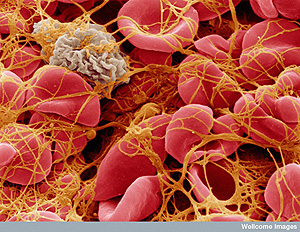 A blood clot, protein fibres of the mesh
in orange, red blood cells and a white blood cell have
become tangled up on the way to sealing a wound.
A blood clot, protein fibres of the mesh
in orange, red blood cells and a white blood cell have
become tangled up on the way to sealing a wound. Rhinocerus skull
Rhinocerus skull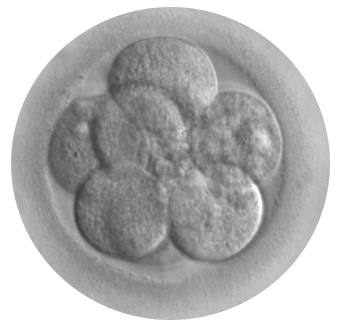 Human
embryo at the 8 cell stage
Human
embryo at the 8 cell stage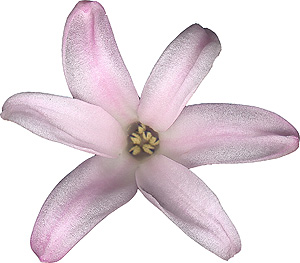 Single
hyacinth flower
Single
hyacinth flower Male
peacock spider during its mating dance
Male
peacock spider during its mating dance
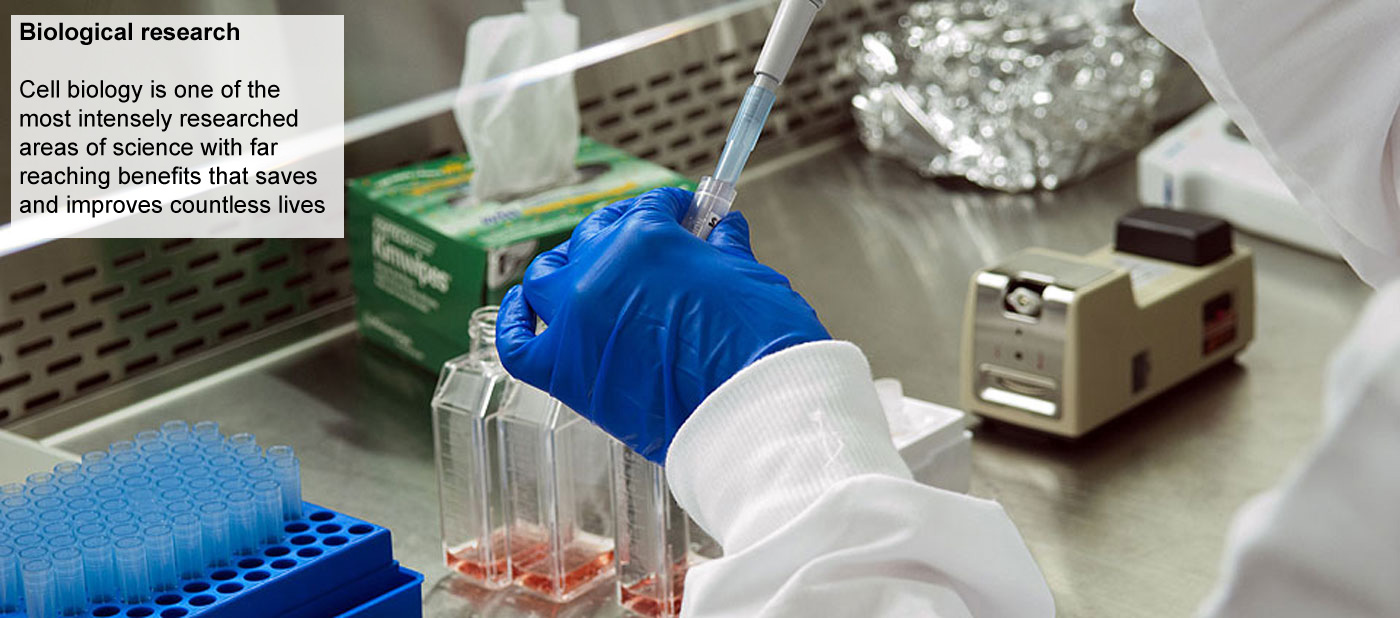
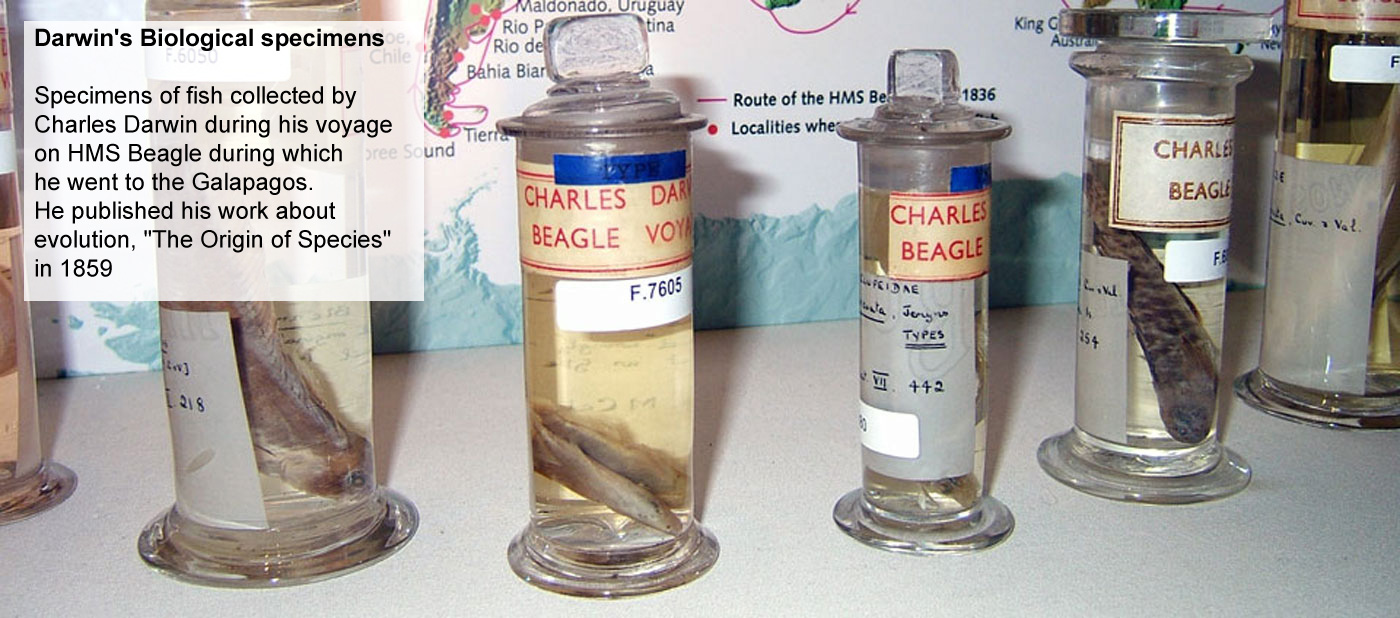
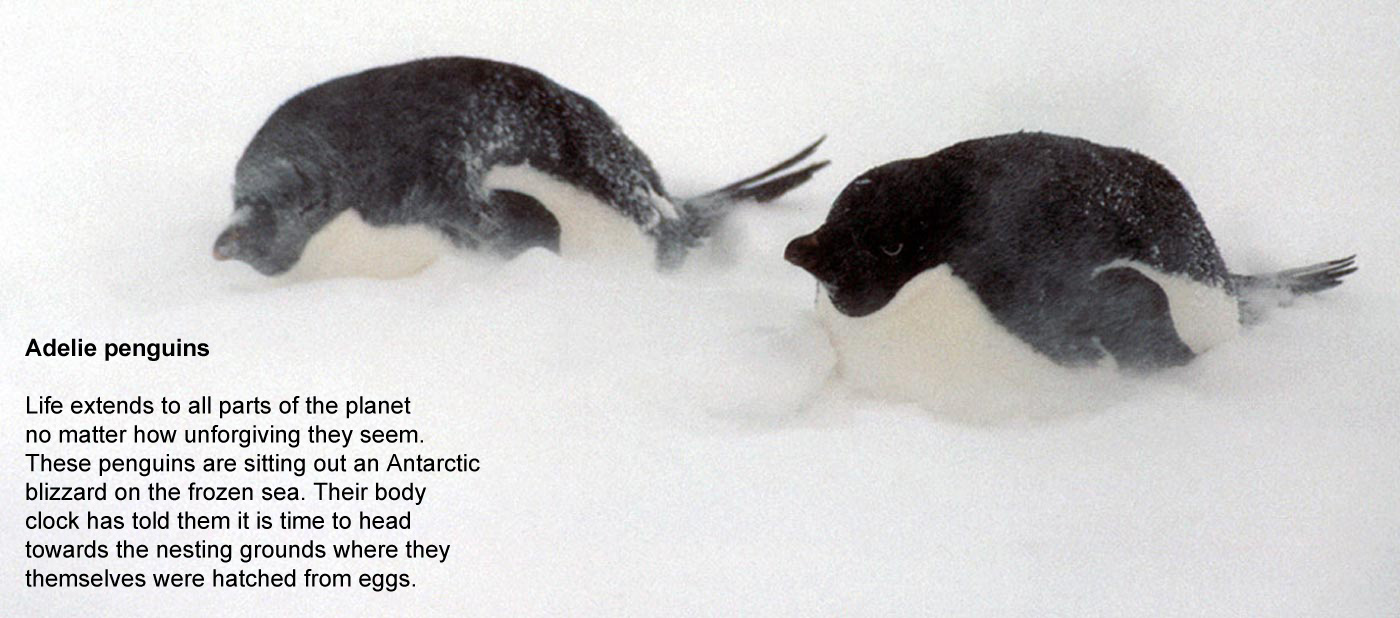
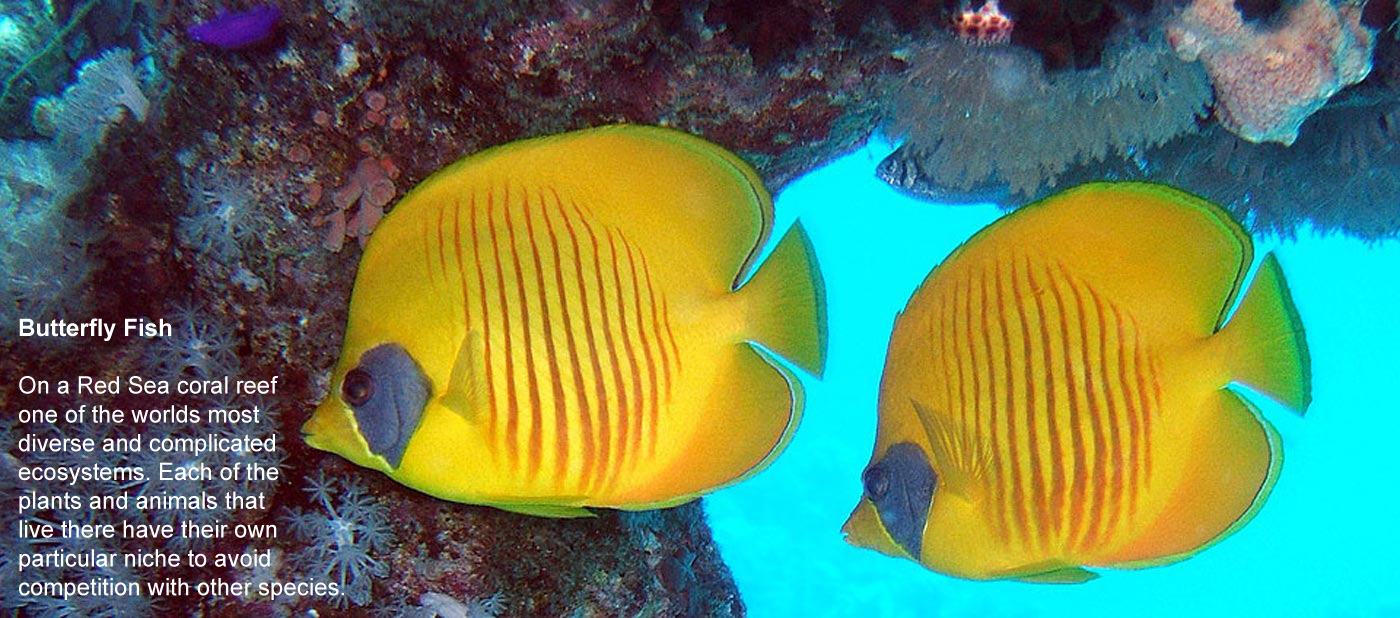
_IMG_0152.jpg)